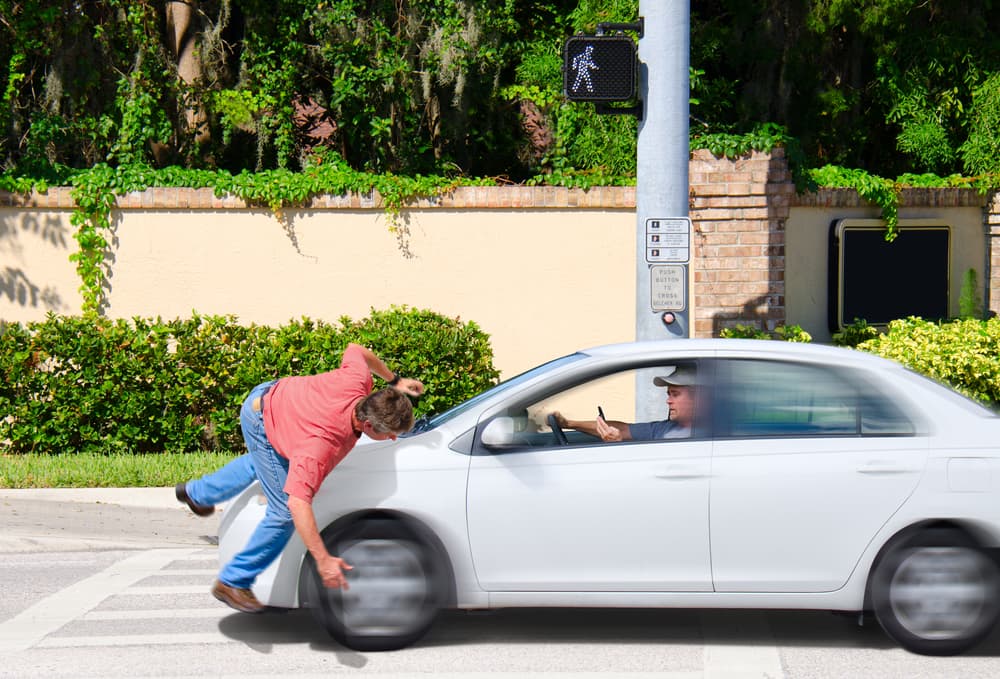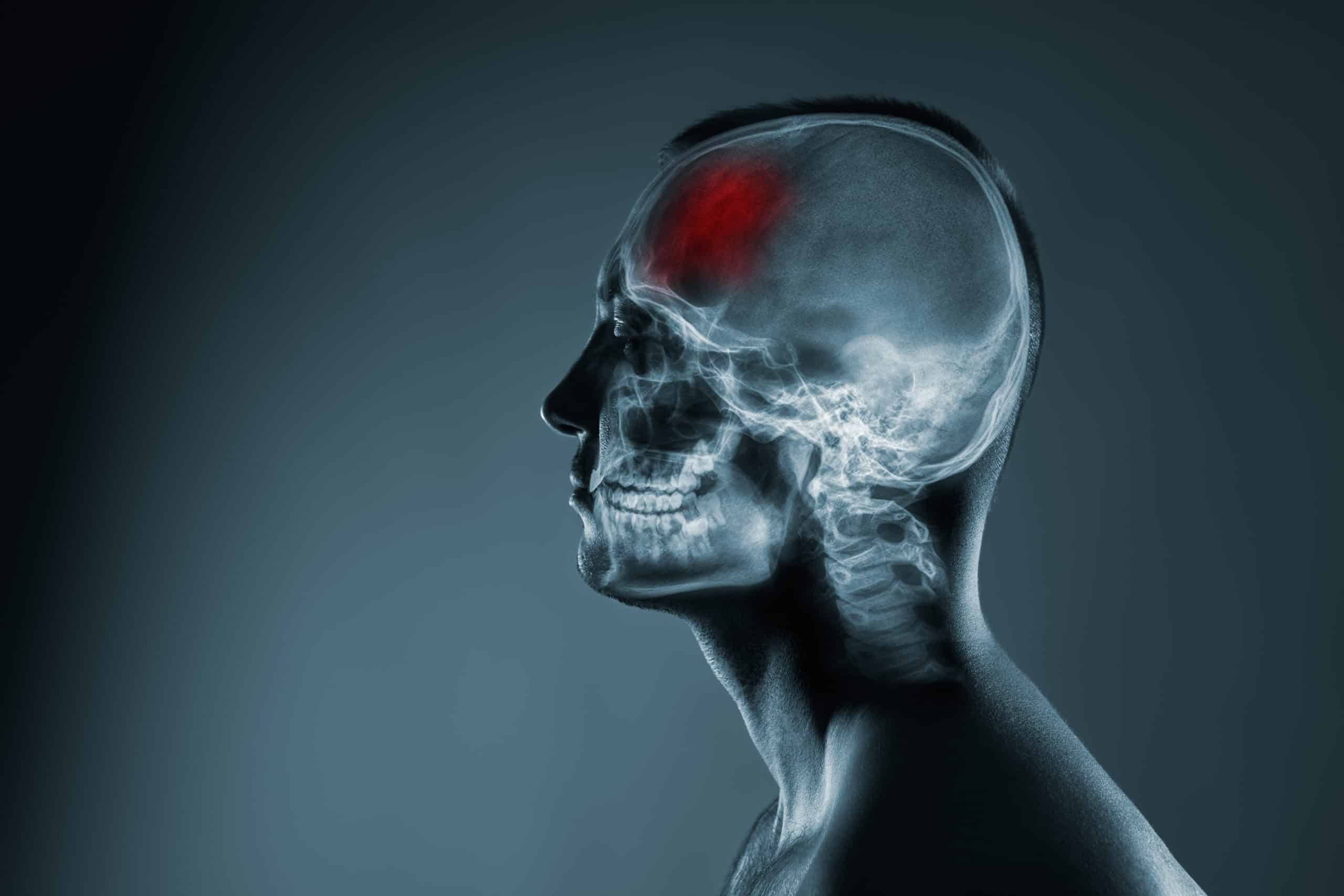PERSONAL INJURY ARTICLES AND BLOGS
Wilshire Law Firm has you covered with the latest news, tips, and insights on your concerns surrounding personal injury, motor vehicle accidents, employee rights, sexual abuse, class action cases and more!
LET US HELP










